You have lots of company if a hot bowl of soup strikes you as the epitome of traditional coziness.
Janet Clarkson, the author of the book "Soup: A Global History," claimed that soup is one of the oldest and most traditional cuisines in the world.
Every country has a different type of soup, she claimed. Its roots go back a very long way. She adds in the book that early people boiled it in everything from turtle shells to lengths of bamboo, with the invention of metal soup pots in the Bronze Age.
It was feasible to survive on stable grains and add herbs and other additives for nutrient or therapeutic purposes by boiling the food.
According to Clarkson, every time you bring a pot of soup to a friend who has the flu, you are continuing a long-standing custom. Separating food from medicine wasn't how the ancients saw it, she said. "I believe that some soups have historically been associated with healing in every nation in the world."
Whatever name you give it, that is true. The world's spoonable dishes have never cleanly fallen into the two English-language categories; today, soup tends to be brothy while stews are heavier.
Clarkson chose a fairly broad interpretation after delving across centuries of etymology to determine the origins of soup, potage, and broth. She described the dish as "just some items cooked in water, with the flavored water being an essential component of the dish."
It's a definition that takes into account the enormous gastronomic diversity found throughout the world. View the images of the top 20 soups from across the world as selected by CNN.
But we'll concentrate on the soups of Southeast Asia.

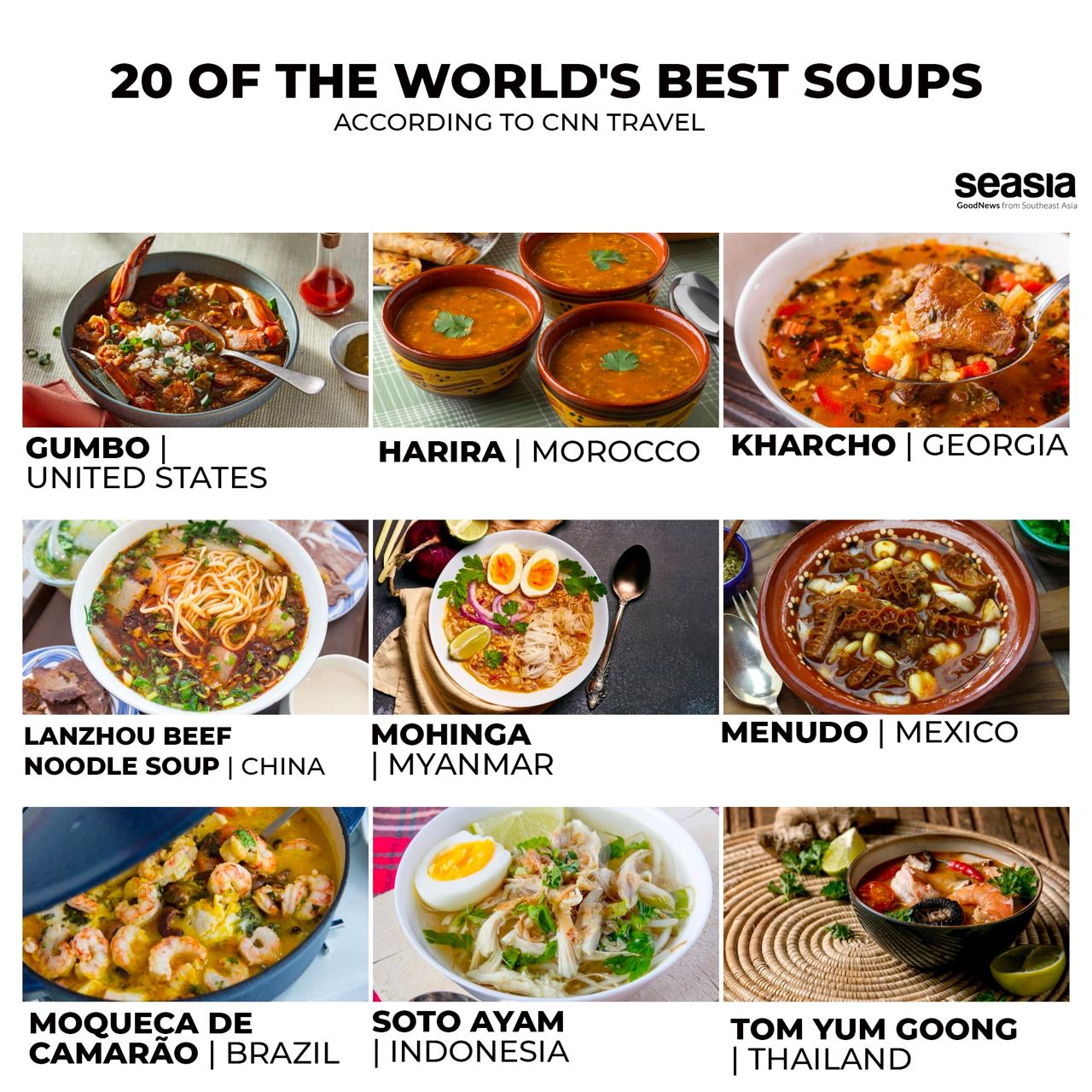
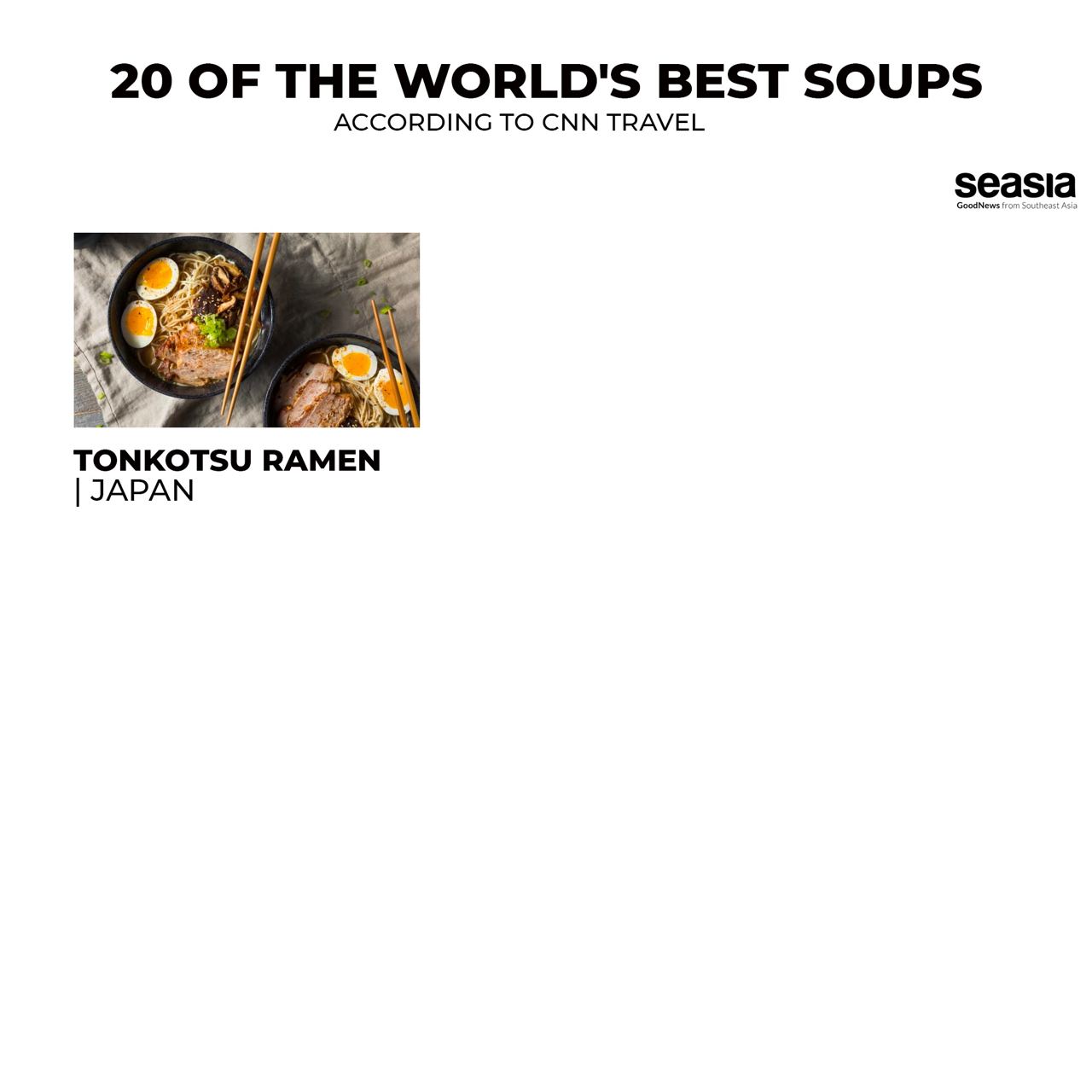
Beef pho (phở bò) | Vietnam
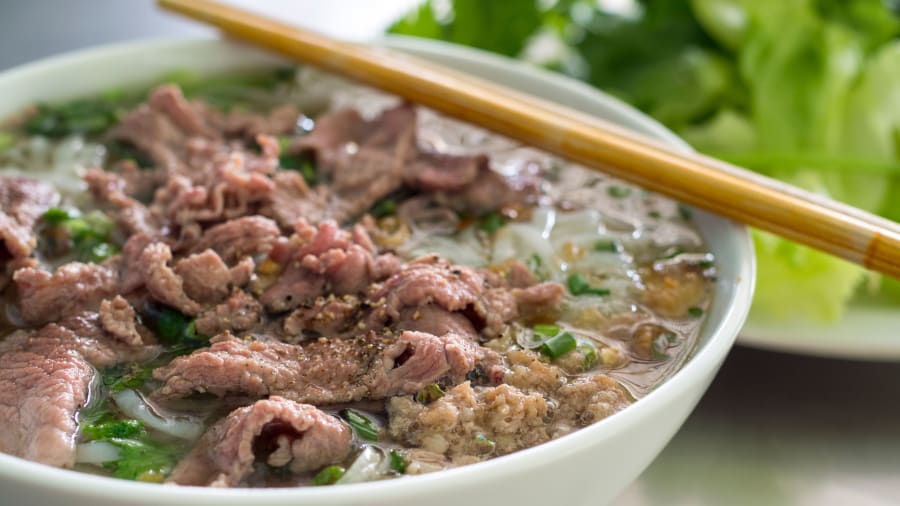
For the basis of this rice noodle soup, the broth is boiled for hours with cinnamon, star anise, and other toasty spices.
Despite being a relatively recent food, pho is one of Vietnam's most well-known culinary exports, according to Andrea Nguyen, author of "The Pho Cookbook."
Even though modern pho restaurants provide a variety of flavors, the original is beef. By 1930, slices of raw beef that had been gently cooked in the broth were added to the soup, according to Nguyen.
The most popular kind of beef pho in Vietnam is still available today, and selections include the traditional raw beef, a mixture of raw and cooked beef, brisket, and tendon.
Mohinga | Myanmar
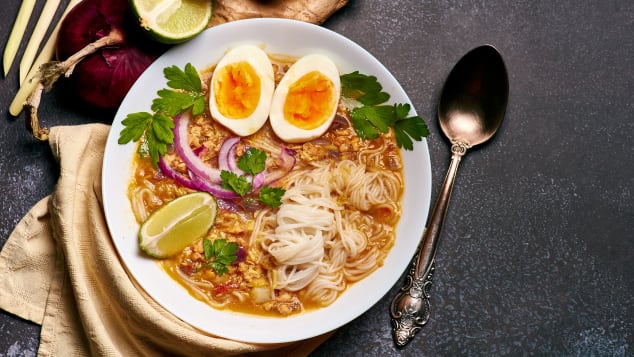
In many parts of Myanmar, soup is consumed for breakfast. Street vendors and tea stores sell steaming bowls of mohinga from large vats.
The flavorful broth, which is cooked with herbs and thickened with toasted rice powder, is the heart of this noodle soup.
The addition of fish adds additional richness, and the thin rice noodles are ideal for slurping. Every region has its own take on the traditional soup since mohinga is so well-liked that it has transitioned from a breakfast item to an anytime snack.
Soto ayam | Indonesia
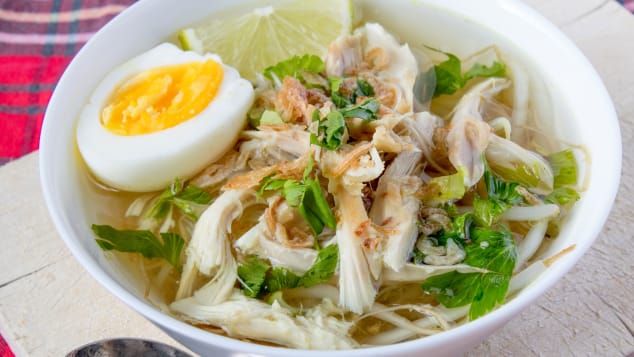
This spicy Indonesian dish may represent the gastronomic apex of chicken noodle soup. Fresh turmeric, star anise, cinnamon, lemongrass, and lime leaves are just a few of the spices that mix to create a complex aroma and flavor. The jammy yolks of soft-boiled eggs give even more richness.
Every region of Indonesia has its own distinct flavor, and the soup is a favorite there as well as in Singapore, Malaysia, and distant Suriname in South America, where Javanese immigrants brought the dish.
Eat with fried shallots, limes, and a sprinkling of hot red chilies on top.
Tom yum goong | Thailand
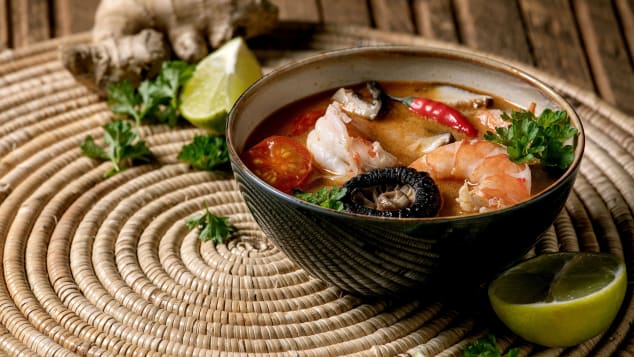
This soup's wonderful broth, which is sweet, sour, spicy, and salty, pairs perfectly with the sweet, delicate shrimp. Galangal, lemongrass, and lime leaves are aromatic components, while slivers of vivid red bird's eye chilis provide more heat.
One of the various types of tom yum soup available in Thailand is tom yum goong, which is a crowd favorite since it is enhanced with fat prawns.
Which one is your favorite?
Source: CNN Travel


















